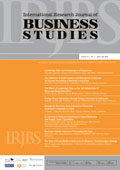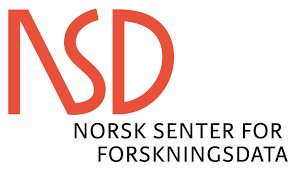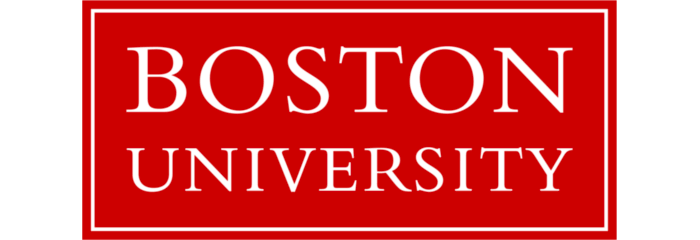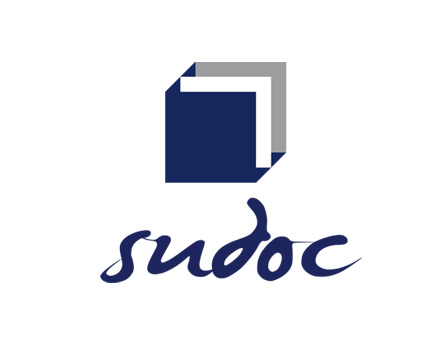Article Metrics |
|
|
Factors Responsible for Joining MLM Business and Relation of Mode of Association with Networker’s Satisfaction
Abstract
This study focuses on identifying factors responsible for joining Multi-Level Marketing (MLM) business by the networkers and analysis of satisfaction level of networkers with respect to the mode of association with MLM business. A quantitative methodology with a survey technique was used on 305 selected networkers who operate their MLM business from Kanpur city. Factors responsible for encouraging people to join the MLM business as a networker are explored by the factor analytical approach. An independent T-test was employed to test the proposed hypothesis. This study found that earn income for meeting expenses, source of residual income, low investment and low risk, more leisure time, personality development, better lifestyle, enhance social interaction, and helping others are the key factors that motivate the networkers to join MLM business. Moreover, the networkers involved in MLM business through any mode of the association are equally satisfied with this business.
Full Text:
References
Bloch, B. (1996). Multilevel marketing: What’s the catch?. Journal of Consumer Marketing,13(4), 18-26.
Brown, S. P., & Peterson, R. A. (1993). Antecedents and consequences of salesperson job satisfaction: Meta-analysis and
assessment of causal effects. Journal of Marketing Research, 30, 63-77.
Cavana, R.Y., Delahaye, B.L. and Sekaran, U. (2000). Applied Business Research: Quantitative and Qualitative Methods, Wiley,
New York, NY.
Cohen, A. (1993). Work commitment in relation to withdrawal intentions and union effectiveness. Journal of Business
Research, 26, 75-90.
Coughlan, A.T. & Grayson, K. (1998), Network marketing organizations: Compensation plans, retail network growth and
profitability. International Journal of Research in Marketing, 15, 401-426.
Direct Selling Association. ( 2019, August). Growth and Outlook Survey. Retrieved from the direct selling association website :
Available on-line at www.dsa.org/research.
Direct Selling Association of Malaysia (2020, July 23). What is direct selling?. Retrieved from: www.dsam. org.my/dsam/
industry/
Futrell, C. M., & Parasuraman, A. (1984). The relationship of satisfaction and performance to sales force turnover. Journal of
Marketing, 48, 33-40.
Hair, J.F., Black, W.C., Babin, B.J. and Anderson, R.E. (2010). Multivariate Data Analysis: A Global Perspective. Upper Saddle
River, NJ: Pearson Prentice-Hall.
Jose. P.T. (2002). Customer Attitude towards Direct Selling Strategies in Kerala, A study with reference to MLM companies,
Doctoral Dissertation, p. 343.
Koch, J. L., & Steers, R. M. (1978). Job attachment, satisfaction, and turnover among public sector employees. Journal of
Vocational Behavior, 12, 119-128.
Koehn, D. (2001). Ethical issues connected with muti-level marketing schemes. Journal of Business Ethics, 29, 153-160.
Locke, E.A. & Lathan, G.P. (1976). Theory of goal setting and task performance. Englewood Cliffs, N.J.: Prentice-Hall.
Mason, J.L. (1965). The Low Prestige of Personal Selling. Journal of Marketing,, 29, 67-72.
Mobley (1979), Griffeth, Hand, and Meglino Model,” Journal of Applied Psychology, Vol.67(1), p.53-59.
Mowday, R. T., Porter, L. M., & Steers, R. M. (1982). Employee-organization linkages: The psychology of commitment,
absenteeism, and turnover. New York: Academic Press.
Mswell, P. and Sargeant, A. (2001). Modeling distributor retention in network marketing organizations”. Marketing Intelligence
& Planning, Vol. 19 No. 7, pp. 507-514.
Muncy (2004) Ethical issues in Multi-Level Marketing: is it a legitimate business or just another pyramid scheme, Marketing
Education Review, 14(3).
Peterson, R.A. (1994). A meta-analysis of Cronbach’s coeficient alpha. Journal of Consumer Research, 21, 381-91.
Porter, L. W., Crampon,W. J., & Smith, F. J. (1976). Organizational commitment and managerial turnover: A longitudinal study.
Organizational Behavior and Human Performance, Vol.15, p.87-98.
Rao, S. and Perry, C. (2002). Thinking about relationship marketing: where are we now?, Journal of Business & Industrial
Marketing, Vol. 17 No. 7, pp. 598-614.
Sin, L.Y.M., Tse, A.C.B., Yau, O.H.M., Lee, J.S.Y. and Chow, R. (2002). The effect of relationship marketing orientation on business
performance in a service oriented economy. Journal of Services Marketing, Vol. 16 No. 7, pp. 656-67.
Steven W. Kopp (2016), “tell all your friends: multilevel marketing is an organizational structure for (economic and personal)
growth”, Global Marketing Conference 2016 Global Marketing Conference at Hong Kong, http://db.koreascholar.com/
article?code= 31498.
Vander Nat, P.J. and Keep, W.W. (2002). Marketing fraud: an approach for differentiating multi-level marketing from pyramid
schemes. Journal of Public Policy & Marketing, Vol. 21 No. 1, pp. 139-51.
Williams, J.D., Everett, R. and Rogol, E. (2009). Will the human factors of relationship selling survive the twenty first century?.
International Journal of Commerce & Management, Vol. 19 No. 2, pp. 158-75.
Wotruba T.R. (1992) “Direct Selling in the Year 2000”, The Future of US Retailing ed. By R.A. Peterson, Quorum Books, New
York. p 187-211
Copyright (c) 2021 INTERNATIONAL RESEARCH JOURNAL OF BUSINESS STUDIES
International Research Journal of Business Studies has been covered by the following services: | ||||||||||||||||||||||||
|




















